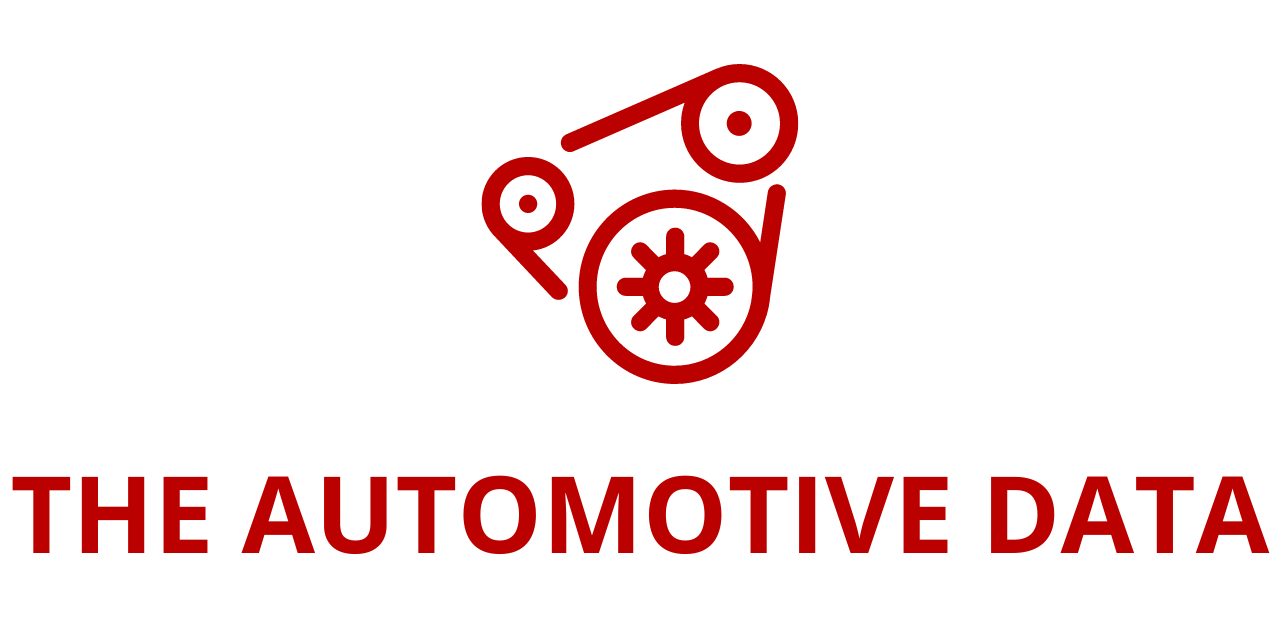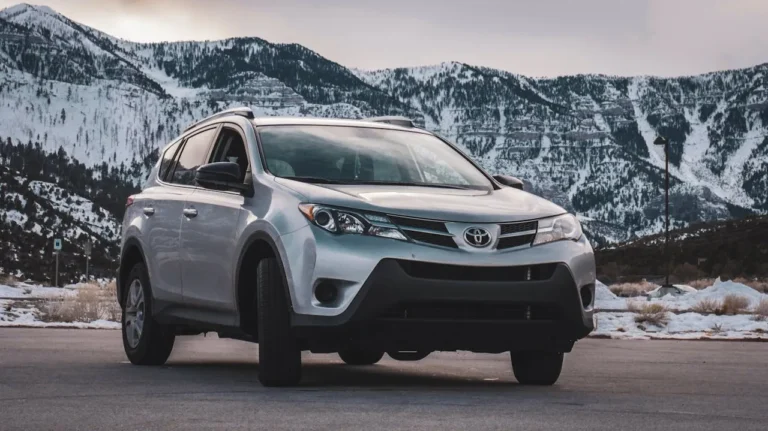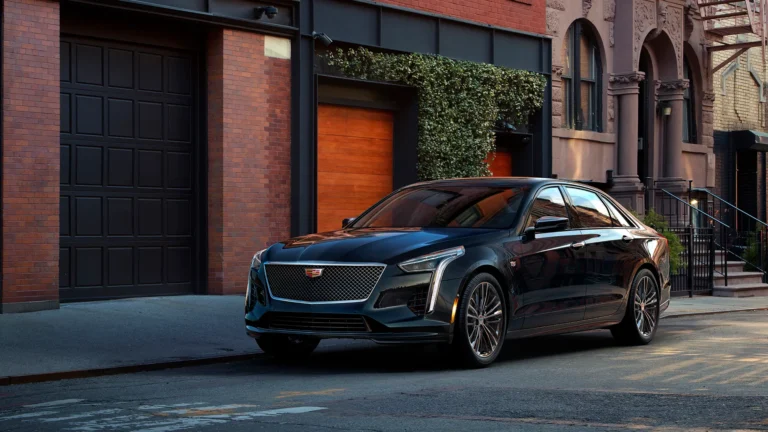
Allianz Calls for EU ‘License’ for Autonomous Vehicles as Research Shows Strong Safety Gains
The rise of autonomous mobility is reshaping not only how people move but also how they experience safety, comfort, and accessibility. With Level 3 vehicles now operating on European roads and Level 4 systems undergoing real-world testing, this technological revolution is becoming a reality. At the 13th Allianz Motor Day 2025, hosted by the Allianz Center for Technology (AZT), Allianz presented new research showing major safety gains from automated driving. The insurer also urged the creation of EU-wide testing standards — effectively a “driving license” for autonomous vehicles — to ensure consistent safety, accountability, and trust across Europe.
Allianz already insures autonomous mobility test fields in Germany, Norway, and Singapore, and its latest findings highlight both the potential and the policy challenges surrounding autonomous vehicle (AV) deployment.
Evidence of Safety Gains from Automation
AZT research and Allianz’s proprietary claims analysis reveal a clear decline in motor liability claim frequency, largely driven by advanced driver assistance systems (ADAS). These systems — which include automated emergency braking (AEB), adaptive cruise control, and lane-keeping functions — are already reducing accident rates.
However, despite visible progress, public perception across Europe remains mixed. Many drivers still see automated technology as experimental, even though they recognize its potential for enhanced safety and convenience.
These insights are summarized in Allianz’s new report, “HANDS OFF – The Safety Promise of Autonomous Mobility,” which outlines the measurable benefits of automation and its implications for insurers, regulators, and consumers.
Autonomous mobility is no longer about if, but about how fast, how safe, and how fair,” said Dr. Klaus-Peter Röhler, Member of the Board of Management of Allianz SE. “Every innovation must lead to fewer collisions, fewer victims, and more independence for millions. At Allianz, we see autonomous driving as a shared responsibility — one that demands safety, transparency, and inclusivity.”
A European ‘Driving License’ for Autonomous Systems
To ensure that automated systems meet the highest safety standards, Allianz is proposing the introduction of a European “driving license” for autonomous vehicles.
Under current EU Regulation 2022/1426, the certification framework for AVs remains incomplete. Allianz believes the system should combine:
- Digital simulations under standardized conditions,
- Practical tests replicating real-world maneuvers such as emergency braking and obstacle avoidance, and
- Road trials in varied environments, including night and motorway driving.
The insurer also recommends creating a joint European database to record accidents and near misses involving AVs. Operated by manufacturers, regulators, and insurers, this database would provide vital insights to prevent future incidents and refine safety algorithms.
“Just as human drivers must prove they can operate safely, autonomous vehicles must demonstrate they can navigate safely in every situation,” said Röhler. “We need an EU-wide uniform testing approach — a true ‘driving license’ for AVs — along with open access to accident and safety-related data to build trust and accountability.”
Projected Impact: Fewer Crashes, New Insurance Models
According to AZT’s projections, automation could reduce road traffic accidents in Europe by 20% by 2035 and by more than 50% by 2060, assuming gradual adoption of Levels 3 and 4 vehicles.
This forecast, based on in-house modeling and German Insurance Association (GDV) data, factors in the coexistence of human-driven and automated vehicles. The findings suggest that human error — still responsible for most accidents today — will dramatically decline as automated systems take on more driving tasks.
In current vehicles, ADAS already demonstrates these benefits:
- Rear-end collisions have fallen by 30% when AEB is standard.
- Reversing accidents in parking have decreased by 66% with advanced sensors and braking systems.
The message is consistent: where advanced driver assistance systems are standard, safety gains are immediate,” said Dr. Christian Sahr, Head of AZT. “Partial or optional adoption limits the impact. Standardization of safety features must become mandatory if we want real progress.”

While the frequency of claims is falling, the cost per claim is rising. Repairs for AVs are more expensive due to sensors, cameras, and complex electronics. Moreover, new risks — such as software malfunctions or cybersecurity threats — will require innovative insurance coverage.
Röhler noted: “As vehicles become smarter, our risk models must evolve. We’re moving toward a safety-based pricing model, complementing traditional classifications with system performance metrics. That means insurance premiums will increasingly reflect how a vehicle’s technology reduces risk — a win for safety and affordability alike.”
Consumer Attitudes: Optimism Tempered by Caution
To understand consumer perceptions, Allianz conducted a survey across seven European countries — Austria, Germany, France, Italy, Switzerland, the Czech Republic, and the UK. The results reveal growing optimism about autonomous mobility, tempered by concerns about reliability and control.
Key findings include:
- 56% believe autonomous vehicles will be as safe or safer than human-driven cars.
- 50% look forward to using travel time for other activities.
- 65% see AVs as a boon for elderly and disabled individuals.
- Yet, 69% worry about system reliability, and 72% think the technology is still too new.
- 64% want the option to take over control at any time.
Confidence varies by country: Italians are the most optimistic (65% confidence), while UK respondents are the most skeptical (44%). Germans fall in the middle at 57%.
Public trust depends on transparency and accountability,” Röhler emphasized. “People don’t expect perfection, but they do expect proof. Only through open data, strong oversight, and clear responsibility can autonomous mobility earn public confidence.”
Liability and Victim Protection in the Autonomous Era
As control shifts from human drivers to AI systems, the legal framework for liability becomes more complex. Questions arise over whether motor insurance should give way to product liability for manufacturers or software providers — especially in mixed traffic environments.
Allianz maintains a clear stance: victim protection must remain the top priority. The company argues that vehicle owners should remain legally liable for accidents, regardless of whether the car was being driven manually or autonomously. Insurers should continue to handle claims directly, ensuring swift compensation for victims without forcing them into disputes between manufacturers and developers.
Liability must remain with the vehicle owner — and insurers must stay the first point of contact for victims,” Röhler affirmed. “Strict liability guarantees fairness and simplicity, ensuring victims are protected even as technology evolves.”
Three Allianz Priorities for Safe Autonomous Mobility
To accelerate safe and equitable adoption of automated driving, Allianz has outlined three core priorities for EU policymakers and industry stakeholders:
- A European “Driving License” for Autonomous Vehicles
- Implement harmonized approval and testing standards across the EU.
- Define precise technical and operational requirements for AV systems.
- Ensure that certified AVs can operate cross-border without redundant approval.
- Such uniformity will simplify market entry, improve safety verification, and speed up innovation.
- EU-Wide Access to Safety and Accident Data
- Establish standardized access for insurers and regulators to accident-related data, while protecting consumer privacy.
- Treat vehicle data as a strategic European asset, stored within EU jurisdiction.
- Align with the EU Data Act (Regulation 2023/2854) to ensure transparency and controlled sharing of critical data.
- Avoid indiscriminate data sharing that compromises consumer rights but enable selective access for safety analysis and claims handling.
- Creation of a Joint European Database of Critical Traffic Scenarios
- Develop a collaborative platform to log every autonomous mode accident and near miss.
- Allow manufacturers, insurers, and authorities to analyze these incidents in detail.
- Use shared insights to refine algorithms, update risk models, and continuously improve road safety.
This collaborative framework will help Europe set the global benchmark for autonomous safety,” Röhler concluded. “It’s not enough for vehicles to drive themselves — they must drive better, safer, and fairer for everyone.”
Towards Safer, Smarter, and Fairer Mobility
Allianz’s call for an EU-wide “driving license” for autonomous vehicles represents more than regulatory alignment — it’s a call for shared responsibility among policymakers, manufacturers, and insurers. With strong evidence of safety gains and growing public interest, the challenge now lies in harmonizing standards, ensuring data transparency, and safeguarding victims’ rights.
As Europe accelerates toward an autonomous future, Allianz’s vision is clear: safety must remain the foundation of innovation. Through uniform testing, transparent data use, and inclusive regulation, autonomous mobility can deliver not just efficiency — but confidence, equity, and protection for all road users.
Source Link: https://www.businesswire.com/







